Writer: Charlie Hall
It seems all is not PLUR in the electronic music scene of late. From the multiple allegations of sexual assault made against dubstep DJ Datsik to Jack Master’s controversial behaviour at this year’s Love Saves the Day in Bristol, U.K, the industry that once valued Peace, Love, Unity and Respect (PLUR), appears anything but.
PLUR first emerged on the streets of Brooklyn in 1990 as PLUM (The Peace, Love & Unity Movement). American DJ Frankie Bones adopted the phrase in a bid to bring the UK’s burgeoning rave scene to the streets of New York. Pre-Bones, the word “rave” held little meaning in the U.S; the culture that was blowing up across the pond was yet to begin in Bones’ stomping ground. But after a crucial visit to a London warehouse rave in early 1990 – so the legend goes – Bones pledged to introduce New York to the scene.
“I knew there was no way to start a rave scene there without a cause” Bones told edmsauce.
New York was living through its most homicide-plagued stretch to date. Amidst racial tension, territory wars and the crack epidemic, violent crime rates were peaking. The gay community was living in fear of the AIDS epidemic, fighting back against government indifference and societal discrimination. Neighbourhoods were segregated and the streets were dangerous. New York’s youth was in desperate need of, if not a movement, a revolution. And a revolution they got. On July 4, 1990, Frankie’s brother and Storm Rave collaborator Adam X painted “Peace Love Unity” on a train car.
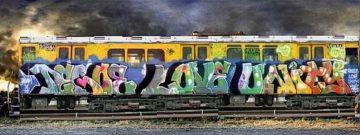
PLUM took a shared love of music and transformed it into an environment where people could come together to celebrate life, love and music without fear of judgement or violence. It was about making everybody welcome. During New York’s bleakest years, the movement worked to create a sense of belonging that sorely lacked on the streets. And it worked.
While the city lived in fear, the “love thy neighbour” mentality of America’s first ravers gave rise to a scene that blossomed on both coasts of the U.S and beyond. Events held in warehouses hid not merely an illegal party scene, but a camaraderie between people from different social classes, race and sexual orientation.
Quite the distance from a culture shrouded in accusations of drug use, sex and underage partying, the rave became a haven for those who felt scared and discriminated against. It was a counterculture for kids looking for acceptance and camaraderie; a credo that shed a positive light on a misunderstood community.
With the addition of Respect, PLUM evolved into PLUR and the motto soon became synonymous with the international rave scene.
Almost thirty years since its extraordinary beginnings, PLUR has undergone numerous different iterations of itself as rave culture has emerged from the underground to find a place in the mainstream.
Each generation has their own imaginings of PLUR. While the nineties ravers sought to create an ethos akin to brotherhood, the noughties saw ravers band together to fight the RAVE act of 2002 and against the damning headlines of the media who wrote off the community as drug-addicted. Around the same time, festivals like Electric Daisy Carnival emerged from the underground to reach a broader audience, defining themselves in association with PLUR. The explosion of raving almost ten years later saw a whole new generation of ravers arrive to the community, and with them, a lack of knowledge regarding the scene’s roots.
Today, the rave scene has more to do with Kandi beads and secret handshakes than it does with the original mandate: to unite and share kindness in a musical sanctuary. Once a calling card to all who wished to take part, the current PLUR explosion has become so absorbed in the aesthetic, that the code of unity and mutual respect is all but forgotten.
Rave showboating has transformed festivals like EDC – whose origins stem from underground warehouse raves – from a musical sanctuary to a commodified fashion statement.

Perhaps the term PLUR has become lost in translation over the years. Perhaps, even, the mandate is outdated. But as irony would have it, we need PLUR now more than ever.
While the ravers of today may be ignorant of PLUR’s origins – a glimmer of hope in a world plagued by discrimination and hostility – there could be no more relevant acronym in today’s culture.
No doubt, we are experiencing a time of extreme social unrest and political division. Sexual harassment, racism, gender inequality and environmental degradation have all come to a head over the last few years. We could be in no greater need of a code of peace, love, unity and respect than we are now.
But you don’t need flashy outfits, Kandi beads or secret handshakes to lay claim to the PLUR movement. PLUR is about meeting new people, sharing a moment and treasuring that mutual love. PLUR is not synonymous with colourful bracelets. It’s acceptance, diversity and consideration. In other words, an ethos that desperately lacks today.
While ravers should feel free to express themselves, the focus must be on the way we treat each other, not the way we dress.
If we are to rescue PLUR from the superficial, we must stop equating the movement with the aesthetic.
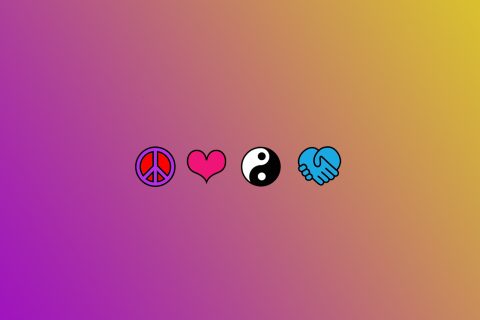
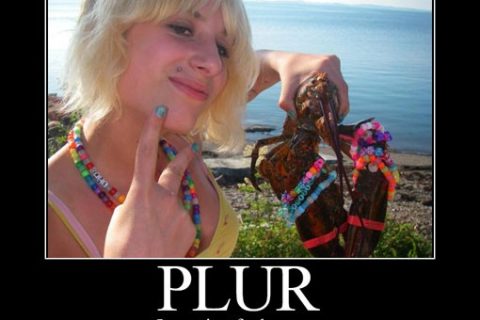
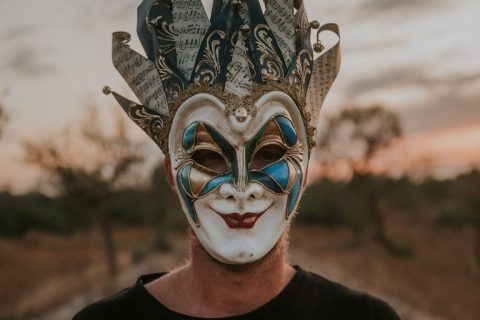
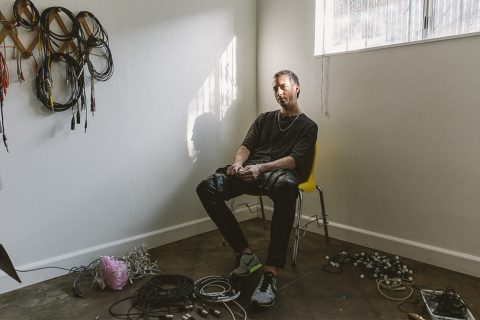
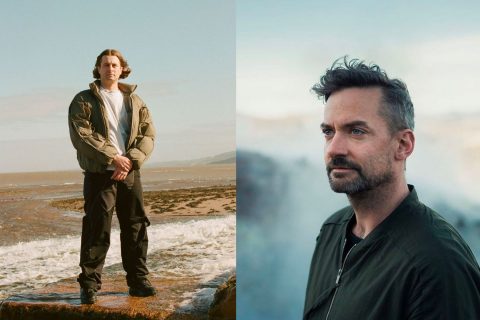
Comments